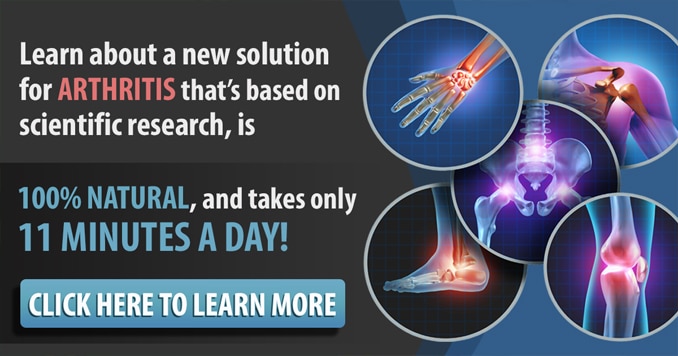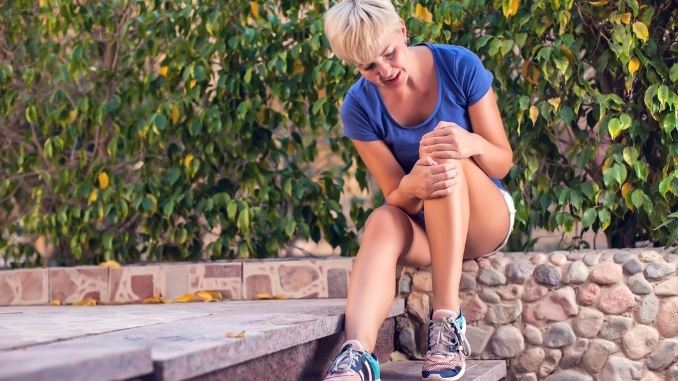
Are you tired of joint pain slowing you down? Consult your health care team for personalized advice. Do your knees ache after simple tasks? Osteoarthritis might be [1] the culprit—but the good news is, movement can be your medicine.
Simple, low-impact exercises for osteoarthritis can ease pain, boost flexibility, and help you regain control over your daily life.
Let’s jump right into the 5 easy exercises you can start today to reduce joint stress and improve your range of motion. No gym needed.
1. Full Body Opener
Great for: loosening stiff joints, improving muscle strength
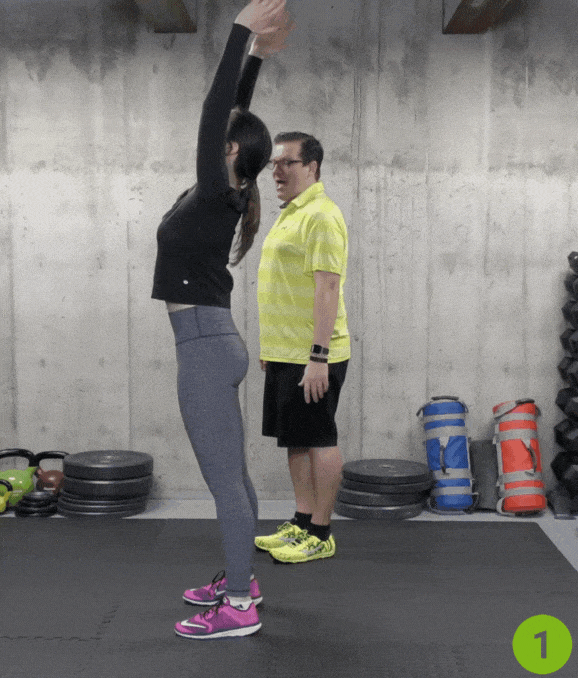
- Begin in an upright standing position with your feet hip-width apart.
- Maintain good alignment with your head, shoulders, hips, and legs.
- Place your hands at the back of your hips.
- Engage your core muscles.
- Slowly bend your upper body backward.
- Hold the position for a few seconds.
- Relax and return to the starting position.
- Repeat the movement with 5-10 repetitions.
2. Ball Squat on the Wall
Great for: strengthening leg muscles, lessening pressure on knees
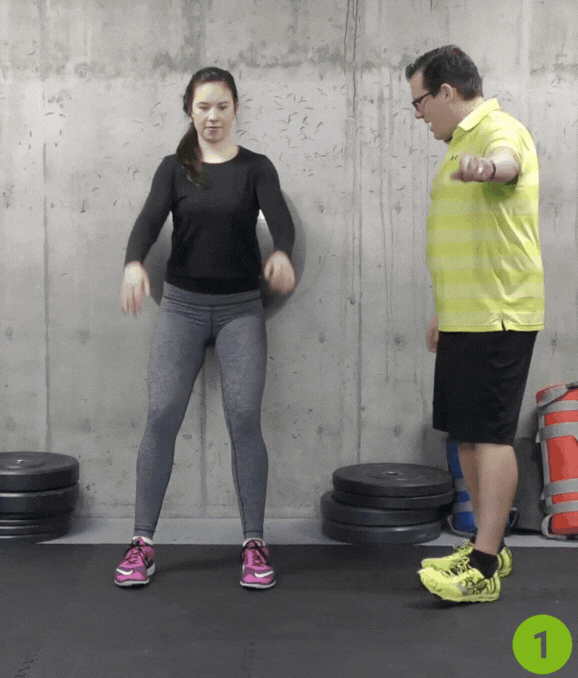
This exercises for osteoarthritis targets the thigh and hip muscles in both legs, building strong muscles to support painful joints.
- Begin in an upright standing position, place a stability ball against the wall, and press your back against it.
- Maintain good alignment with your head, shoulders, hips, and legs.
- Clasp your hands together at chest height.
- Engage your core muscles.
- Bend your knees to lower your body.
- Return to the starting position and repeat the movement with 10 repetitions.
3. Wall Plank with Reach
Great for: upper body strength, balance, and posture
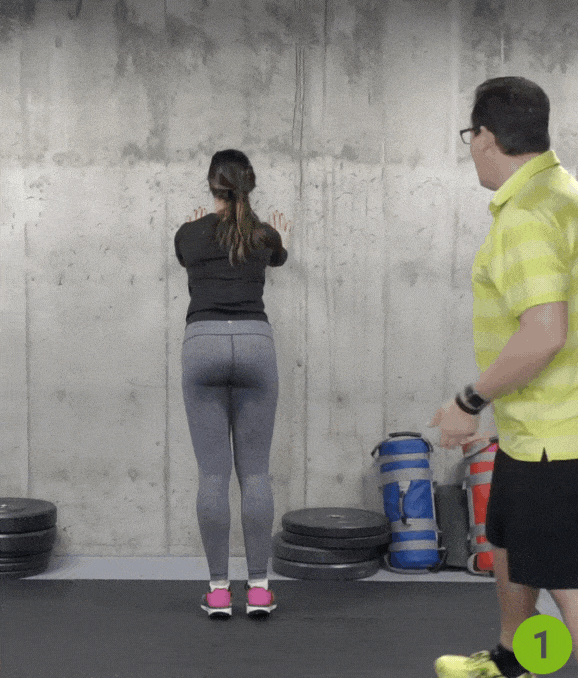
This is a low-impact exercise that works the shoulders, core and improves range of motion.
- Begin in an upright standing position in front of a wall with your feet hip-width apart.
- Maintain good alignment with your head, shoulders, hips, and legs.
- Press one hand on the wall at shoulder level.
- Engage your core muscles.
- Then, raise your opposite arm overhead.
- Hold the position for a couple of seconds.
- Then, switch sides.
4. Seated Leg Lifts
Great for: strengthening the leg muscles and reinforcing good posture.
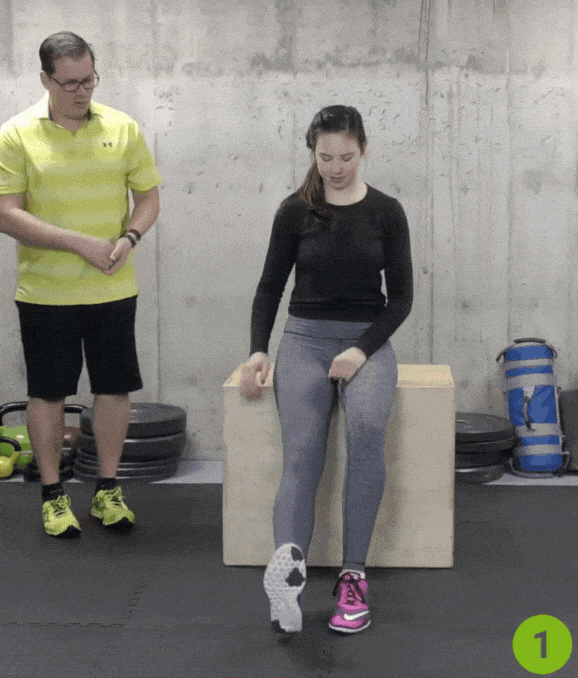
Perfect for those with knee osteoarthritis [2], this move builds strength without stressing affected joints.
- Begin in an upright sitting position on a chair with your knees bent and feet flat on the floor.
- Maintain good alignment with your upper body.
- Place your hands at the side of the chair for support.
- Engage your core muscles, then extend one straight leg forward.
- Hold the position for a couple of seconds.
- Relax and repeat the movement on the opposite side.
5. Modified Step Jack (Low Impact)
Great for: cardio, coordination, and improving flexibility
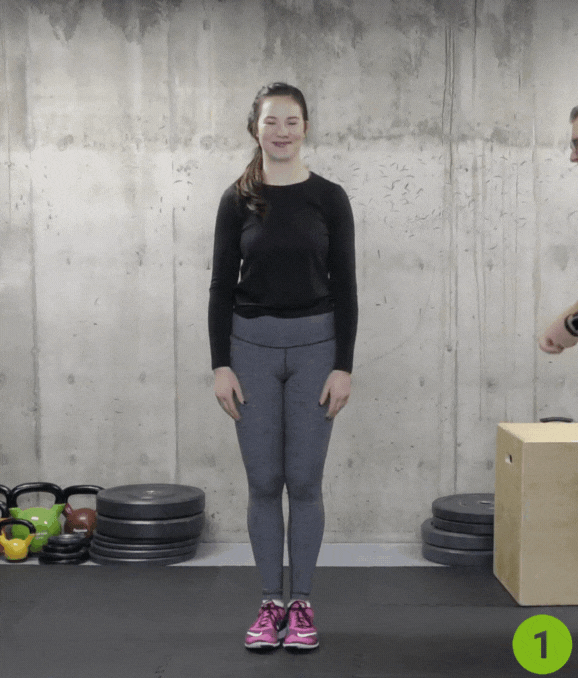
This moderate exercise boosts your heart rate and aids in maintaining a healthy weight—a crucial step in managing osteoarthritis pain. [3]
- Begin in an upright standing position with your feet close together.
- Maintain good alignment with your head, shoulders, hips, and legs.
- Extend your arms out to your sides.
- Engage your core muscles, then step side-to-side while raising your arms overhead in a controlled manner.
- Repeat the movement for 10 repetitions.
“Exercise is the most effective non-drug treatment for reducing pain and improving movement in osteoarthritis. It strengthens the muscles around the joints, helps maintain bone strength, and increases energy. Although some fear it may worsen symptoms, appropriate exercise helps reduce pain and improve joint function.” — Dr. Patience White, MD, MA, former Chief Public Health Officer at the Arthritis Foundation
Why These Exercises Work for Osteoarthritis
These routines are designed to:
- Reduce joint stress
- Improve muscle strength
- Restore flexibility and function
- Lessen arthritis pain over time
Whether you’re dealing with left leg pain, stiff knees, or discomfort from excess weight, incorporating a gentle exercise plan into your life is one of the best steps you can take.
Start slowly and listen to your body. If needed, consult a healthcare professional or physical therapist to tailor the movements to your condition.
The Science Behind Movement for Arthritis Relief
According to the Arthritis Foundation and most physical activity experts, staying still is not the solution. Moderate movement enhances synovial fluid circulation, which nourishes cartilage and reduces stiffness.
Plus, exercise releases endorphins that improve mood, reduce pain, and contribute to overall health.
Commonly recommended activities:
- Tai chi
- Water aerobics
- Resistance band workouts
- Range of motion exercises
- Aerobic exercise programs
Just ask your healthcare team how much exercise is right for you.
Bonus Tip: Move + Fuel = Relief

Pairing exercise with a healthy diet supports your joints even more. Focus on:
- Omega-3 rich foods like fish
- Antioxidants from fruits and veggies
- Whole grains for steady energy
And remember, losing weight can significantly reduce pressure on painful joints, especially the knees.
Final Thoughts: Get Started, Stay Consistent
You don’t need fancy gear. Simple tools like a wall, chair, resistance bands, or hand weights can help support your routine. Start with 5 reps. Switch legs. Progress gradually. Reap results.
Movement is powerful medicine. And with these easy osteoarthritis exercises, you’ll be well on your way to relieving pain, regaining freedom, and living a more vibrant, mobile life.
A new program for arthritis that can provide long-term relief from pain, stiffness and swelling… No matter how old you are or if you have severe arthritis. Check out this Arthritis Handbook now!
Frequently Asked Questions
Will exercising make my osteoarthritis worse?
No—when done correctly, exercise helps! Low-impact, joint-friendly movements strengthen the muscles around affected joints, improving support and reducing joint stress. The key is to start slowly, use proper form, and avoid high-impact movements that aggravate symptoms.
What are the best types of exercise for osteoarthritis?
The best exercises for osteoarthritis include:
- Range of motion exercises (like leg swings or arm circles)
- Strengthening exercises (such as seated leg lifts)
- Aerobic activities (like walking, tai chi, or water aerobics)
- Flexibility exercises (like gentle stretching or yoga)
These help maintain joint function, relieve pain, and improve mood.
Should I avoid exercising on painful days?
Mild discomfort is okay, but sharp or sudden pain is a red flag. On sore days, switch to gentler movements, reduce your reps, or focus on upper body exercises if your knees hurt. Ice after workouts and rest if needed—but keep moving in some form. Inactivity stiffens joints even more.
Can exercise help if I’ve had osteoarthritis for years?
Absolutely. Even if you’ve had osteoarthritis for a long time, the right exercise program can reduce pain, improve mobility, and boost your quality of life. Many long-term sufferers report better results after just a few weeks of regular, tailored movement routines.

